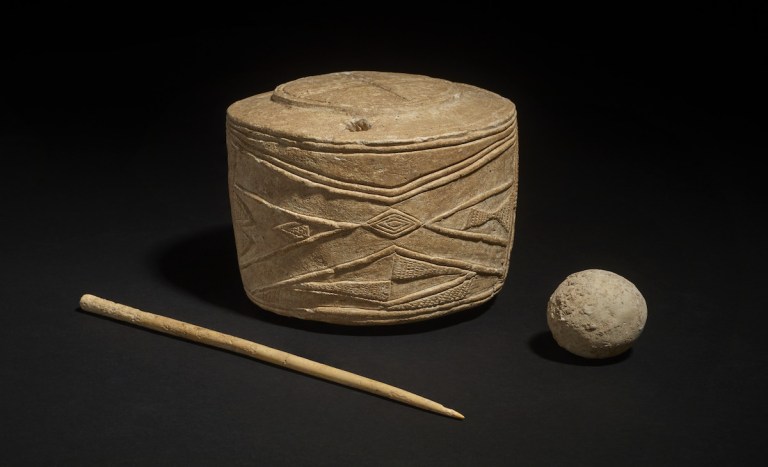In a scientific first, astronomers observed a star swallowing a planet as part of its dying process.
The researchers first spotted the outburst, which took place about 12,000 light-years away from Earth, in 2020, but it took several years for them to figure out what it was: a star running out of fuel, swelling to “a million times its original size,” and engulfing everything around it, including a nearby planet, per a press release from MIT.
The team used an infrared camera to look at the star, finding that the amount of energy expelled during the outburst indicated a planet, about the size of Jupiter, crashing into its star.
“That infrared data made me fall off my chair,” said Kishalay De, the lead author of the study outlining the findings.
RELATED: May 2023 Night Sky Guide: A Penumbral Lunar Eclipse, Dazzling Venus, and This Month’s Flower Moon
They thought the outburst could have been from the star merging with another one, but reached their eventual star swallow conclusion by comparing their infrared data to that of NASA’s infrared space telescope. The compiled data helped determine the energy output of the star, which was “surprisingly small — about 1/1,000 the magnitude of any stellar merger observed in the past.“
“That means that whatever merged with the star has to be 1,000 times smaller than any other star we’ve seen,” De said. “And it’s a happy coincidence that the mass of Jupiter is about 1/1,000 the mass of the sun. That’s when we realized: This was a planet, crashing into its star.”
The findings do carry a bit of an ominous connotation: Many astronomers believe planet Earth will likely meet its end in the same way — getting swallowed by our star, the sun — but not for another 5 billion years, so there’s no need to fret. De likes to think of that faraway prospect as “poetic,“ he told The Washington Post.
“It’s somewhat poetic in that all of that we see around us, all the stuff that we’ve built around us, this will all be burned in a flash when the Sun decides to evolve and become puffy in 5 billion years,” he explained.
For now, though, scientists and astronomers are celebrating the historic observation. “For decades, we’ve been able to see the before and after,” De added in the press release. “Before, when the planets are still orbiting very close to their star, and after, when a planet has already been engulfed, and the star is giant. What we were missing was catching the star in the act, where you have a planet undergoing this fate in real-time. That’s what makes this discovery really exciting.”











